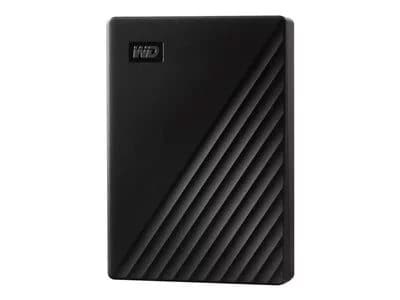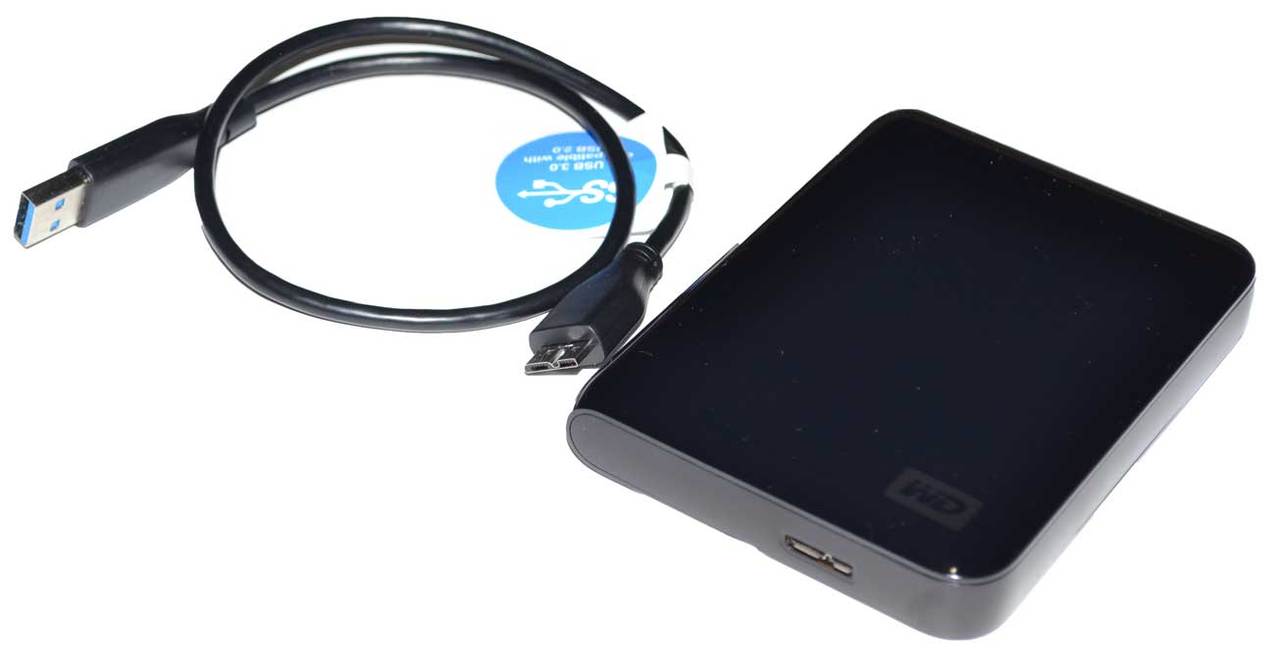

- #MY PASSPORT EXTERNAL HARD DRIVE USE ON MAC FOR MAC#
- #MY PASSPORT EXTERNAL HARD DRIVE USE ON MAC PC#
Five ways to fix WD My Passport for Mac not showing up on Mac Solution 1: Modify Finder Preferences If the My Passport for Mac still doesn’t appear on Mac after the basic checks, go ahead to try out the solutions as below to fix it.
#MY PASSPORT EXTERNAL HARD DRIVE USE ON MAC PC#
Connect the My Passport for Mac to another Mac or Windows PC to see if it works normally. Reboot your Mac to see if your My Passport for Mac drive is showing up in Disk Utility/Finder or not.ĥ. Check whether the USB cable or USB port is broken by connecting other hard drives to this USB port or cable and see if that makes a difference.Ĥ. Safely disconnect the My Passport for Mac and reconnect it to the USB port slowly. APFS can’t be recognized on macOS 10.12 and before.Ģ. Check to see if the file system of your WD My Passport for Mac was reformatted to APFS. So how can you make My Passport for Mac appear on the Desktop, Finder, or in Disk Utility? We have the answers Basic checks before fixing WD My Passport for Mac not showing upīefore proceeding, do the following basic checks.ġ. This means you can’t access the files on your WD My Passport for Mac hard drive, which can be a problem.

You might also want to check out the best PS5 external hard drives.You may find your WD My Passport for Mac not showing up on Mac after a month or two of use. So we look not only at the versatility and general performance of the drives - across a number of benchmarks - but also their relevance to specific use cases, after sales and warranty as well as sheer value for money. That however came at the cost of endurance, especially at the lower end of the market and is likely to be an issue if you use our SSD storage extensively.Īll newer MacBook and desktop Macs (iMac, Mac Mini, Mac Pro) come with one or more Thunderbolt ports which are also compatible with USB Type-C. While we will talk mostly about hard drives as storage device write and read on spinning metal or glass platters, we have to mention SSD (solid state drives) as well as they have grown both in capacity and in performance.

Best external hard drives for Mac: How we chose them? There are other things as well, including a rugged build if you plan on taking it out in the field with you, and portability if you plan on traveling around with it. If you’re storing very important files, especially for work, consider getting one that has more robust security features. Many external hard drives have USB 3.0 connections, but since MacBooks and Mac accessories rely on the power and data transfer speed of USB-Cs, USB Type-C or Thunderbolt 3 or 4 connections are certainly favorable. Finding one that’s not only affordable, but has enough storage space – a minimum of 1TB is highly recommended – for your present and future needs is definitely ideal, even if you have more than enough money to splurge for something expensive.Īnother deciding factor, however, is the connection. Of course, those two things are absolutely vital. When choosing the best external hard drive for your Mac, you need to consider other things beyond storage capacity and price. What to look for in a external hard drive for your Mac It's more pricey than the other drives of its capacity, but the extra security it offers will be well worth it for many people. When you consider all that extra security, the prices won't scare you away either. What's more, the data is encrypted by the 256-bit AES protocol, with multiple forms of protection in place to ensure the bad guys don't get in no matter how persistent. If someone tries to tamper with your iStorage drive, you can configure it to self-desturct. If you're worried about people getting access to your data if your external hard drive is stolen, than you'll like the iStorage drive here.


 0 kommentar(er)
0 kommentar(er)
